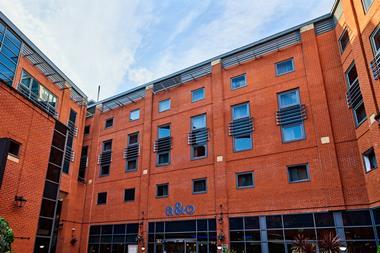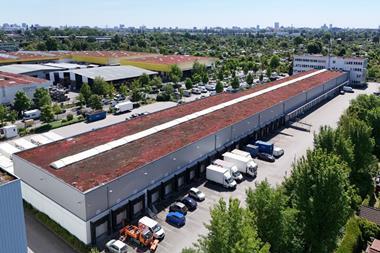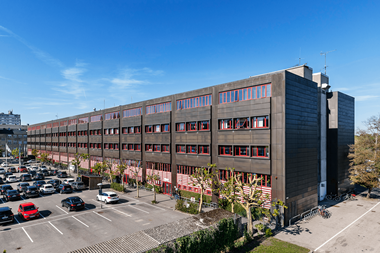UK – Aviva Investors has launched the UK Real Estate Recovery Fund II to take advantage of widening spreads between primary and secondary assets.
The asset manager completed the first close of around £90m (€107m), but the target size is £250m.
The initial fund, introduced in 2009, raised £223m and invested in 17 assets over a 12-month period.
Anna Rule, fund manager of both funds, said: “The strategy of our first fund was to look at prime assets with long leases, but the next cyclical opportunity that we have identified for our second fund is to take advantage of the yield gap between prime and secondary assets.
“The gaps have widened significantly since 2007, and the discounts applied to secondary are at an all-time high.”
Recent research from Fidelity reveals that the “good” secondary market in the UK is worth about £120bn, although only £35bn-40bn of high-quality commercial properties is likely to be mispriced.
This compares with the prime arena, which, at £38bn, comprises a small chunk – 7-8% of the overall property market.
In terms of the yield gap, the chasm has opened from 120 basis points in the third quarter of 2007 to an unprecedented 581bps in the fourth quarter of 2012.
When translated into properties, the main focus of the Recovery fund II, which has a five-year shelf life, will be on office and industrials in good locations.
“On a risk-adjusted basis, these two sectors are the most attractive, with yields being high by historical standards,” said Rule.
“This is particularly so, relative to prime real estate and other low-risk, income-producing asset classes.
“We will not compromise on locations. I am cautious about the retail sector because of the structural shift we are witnessing in this sector.
“Geographically, my preference is for the South East, although there are some interesting opportunities emerging in the other regions”
The new fund will apply intensive asset management such as lease re-gearing and refurbishments to reposition the assets to a prime level.
“We are in the early stages of a recovery, and, with some yield compression, that should drive strong returns over the next few years,” Rule said.
“The aim of the fund is to generate ungeared returns of 8-10% and a distribution yield of 6-6.5% per annum.”

















